5 Tamarind Concentrate Replacements That Work
Tamarind concentrate provides bold, tangy flavor essential in many cuisines, but alternatives can fill in when it’s not on hand.
Mixing lime juice with brown sugar, vinegar blends, or pomegranate molasses can mimic tamarind’s sweet and sour profile.
Balancing acidity and sweetness is key to achieving authentic flavor.
These substitutes work well in sauces, marinades, chutneys, and beverages where tamarind is traditionally used.
Understanding how to replicate tamarind concentrate ensures your dishes maintain their distinctive taste.
Creative substitutions allow you to enjoy global flavors without specialty ingredients.
Explore practical tamarind concentrate alternatives to keep your cooking vibrant.
Tangy and Rich Tamarind Concentrate Substitutes
Tamarind concentrate substitutes keep tangy richness alive in sauces, marinades, and dressings. Swaps add sweet, sour, or smoky tones. Plenty of options could brighten your cooking.
Amchoor Powder
Amchoor powder offers a fantastic substitute for tamarind concentrate, providing that perfect balance of sweet and slightly sour flavors in your cooking.
This Indian ingredient, made from sun-dried green mangoes ground into a fine powder, captures the distinctive tanginess that makes tamarind so special in many recipes.
Unlike the moist, pasty texture of tamarind concentrate, amchoor comes in dry form, so mixing it with water helps achieve the right consistency for your dishes.
For best results, combine one tablespoon of amchoor with enough water to match the thickness of tamarind paste.
Tamarind Pulp
Tamarind pulp stands as the closest substitute for tamarind concentrate since both come from the same fruit, delivering authentic flavor in traditional dishes.
This option requires some preparation because the pulp comes in dried, hardened blocks that need reconstitution before use.
For proper substitution, break off a walnut-sized piece of pulp and soak it in warm water until it softens enough to break apart with your fingers.
The next step involves thoroughly crushing the pulp in water until the liquid turns brownish, then straining out fibers while pressing to extract as much liquid as possible.
Lemon Or Lime Juice And Brown Sugar
Tamarind concentrate brings unique sweet-sour depth to dishes that's hard to match, but lemon or lime juice offers a solid backup when you're in a pinch.
The citrus option lacks tamarind's rich texture and complex flavor profile, though it still works wonderfully in many recipes where that tangy element is needed.
To better mimic tamarind's consistency, simply combine equal parts lemon or lime juice with light brown sugar until you achieve a thicker mixture.
This homemade substitute can then replace tamarind concentrate in a one-to-one ratio in curries, sauces, and marinades.
Dried Fruits
Substituting tamarind concentrate is easier than most people think, with a simple blend of dried fruits and lemon juice offering remarkably similar results in many recipes.
A quick whirl in your food processor with equal parts dried apricots, prunes, dates, and lemon juice creates a paste that measures cup-for-cup like the original ingredient.
The natural sweetness from these dried fruits perfectly balances with the lemon's acidity, mimicking tamarind's distinctive sweet-sour profile.
This mixture performs beautifully in chutneys and traditional Asian or Thai dishes where tamarind normally stars.
Vinegar With Sugar
Tamarind concentrate can be easily replaced with a simple mixture of vinegar and sugar in your cooking, giving you that perfect tangy-sweet flavor balance.
For the best results, combine equal parts sugar with mild-flavored options like apple cider, rice, white wine, or distilled white vinegar rather than stronger varieties such as balsamic or malt.
This homemade alternative works wonderfully as a one-to-one replacement in any recipe calling for tamarind concentrate.
Many people find this substitute particularly handy when preparing Asian or Indian dishes that require that distinctive sour note.
Can Combining Citrus And Sweeteners Recreate Tamarind’s Sweet-Sour Dance?
Yes, combining citrus juice - like lime or lemon - with sweeteners such as sugar, honey, or agave syrup can mimic tamarind’s characteristic sweet-and-sour flavor.
The citrus provides the sharp, tangy acidity while the sweetener balances it with sweetness, creating a lively contrast similar to tamarind’s complex taste.
While it won’t be an exact match due to tamarind’s unique fruity depth, this blend works well in many recipes as a versatile and fresh substitute.
Do Sugar-Free Tamarind Alternatives Keep The Tang Or Dull The Flavor?
Sugar-free tamarind alternatives often retain the tangy acidity but may lack the full depth and sweetness that sugar naturally brings.
Without sugar or a sweetening agent, these substitutes can taste sharper and sometimes more one-dimensional, which might make the overall flavor seem less balanced or vibrant.
Adding a natural non-caloric sweetener or a touch of fruit juice can help restore some of the complexity while keeping it sugar-free.

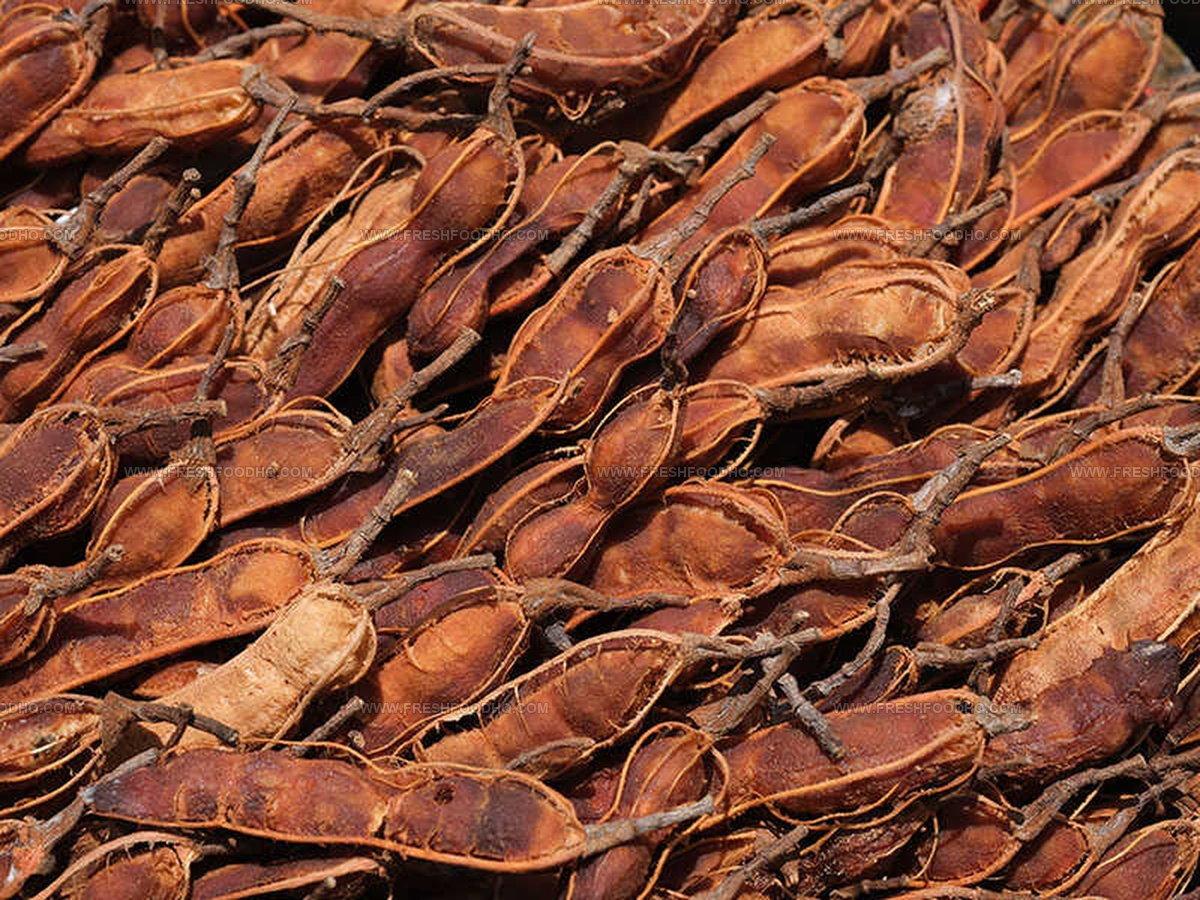
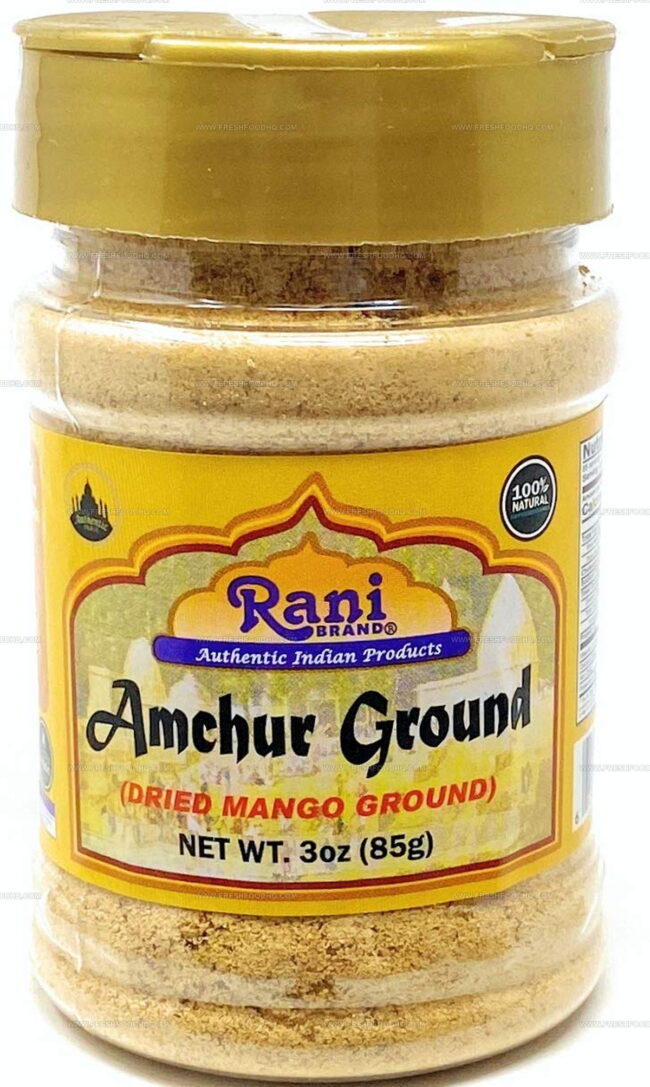
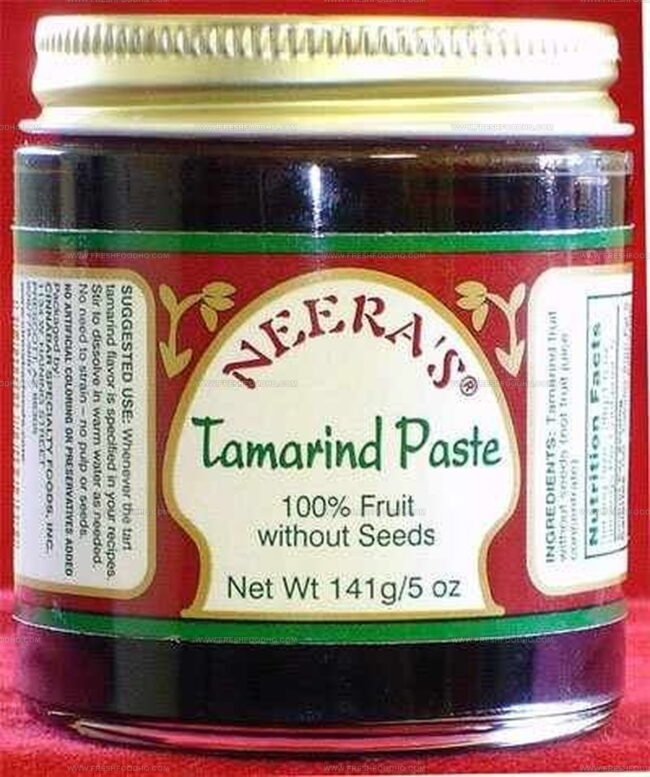
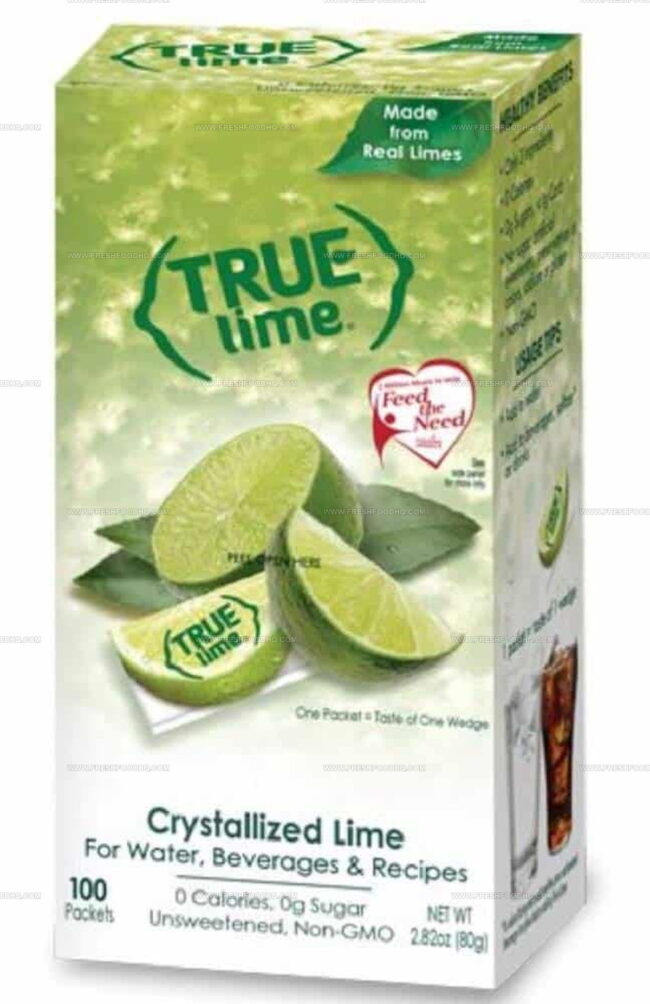
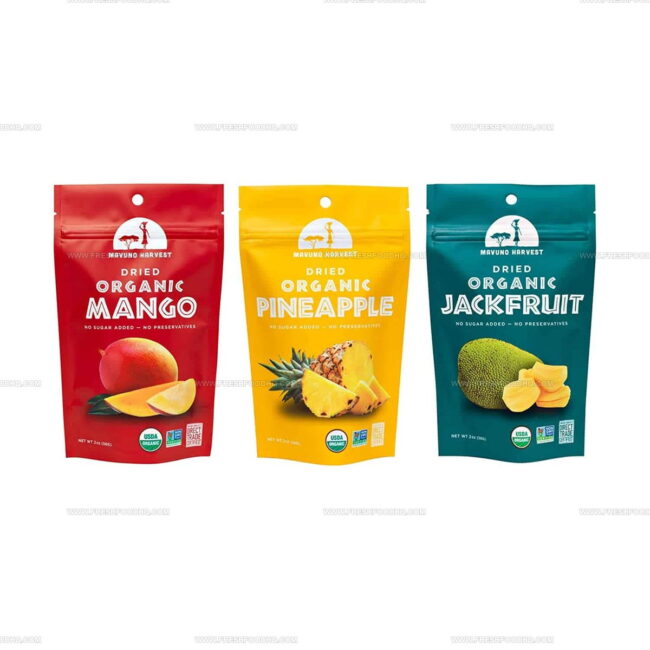
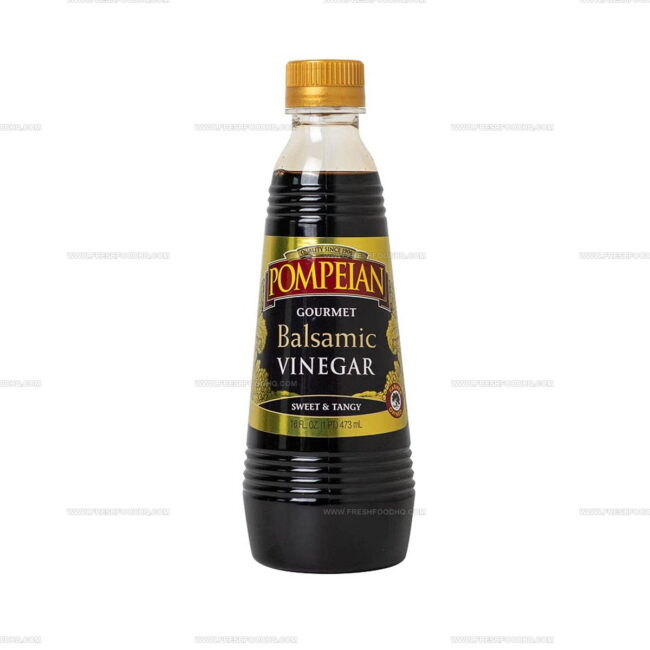
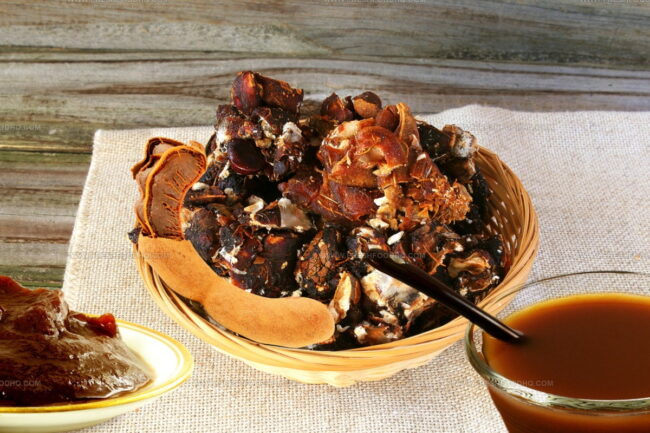

Samantha Lee
Recipe Developer & Content Creator
Expertise
Plant-based and vegetarian recipes, Recipe testing and development, Food blogging and digital content creation, Culinary education and workshops
Education
Oregon Culinary Institute (Portland, OR)
Samantha sees cooking like painting, every fresh herb, every juicy tomato, a new splash of color on a canvas.
After graduating from Oregon Culinary Institute, she blended her love of global cuisines and plant-based cooking into recipes that feel fresh, fearless, and full of heart.
Samantha’s kitchen is a place where comfort food gets a modern remix and every meal feels like a little adventure. When she’s not cooking, she’s out exploring farmers’ markets, sketching new recipe ideas, or getting her hands dirty in a community garden.